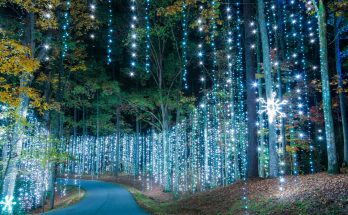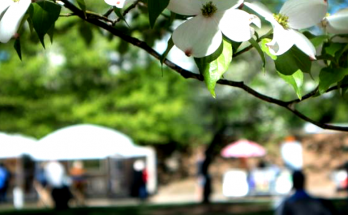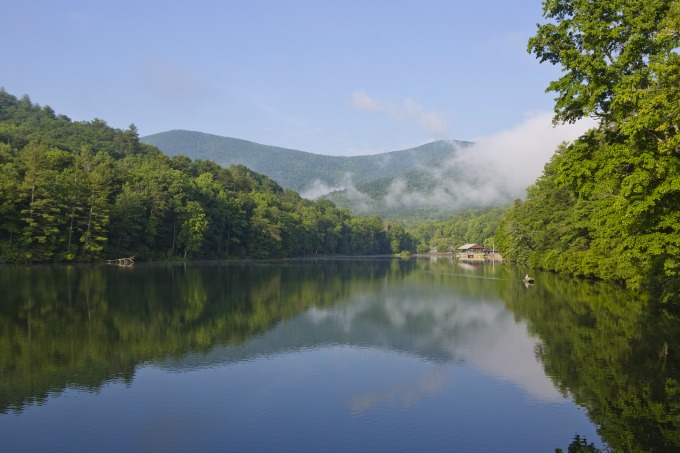
IF YOU HAVEN’T VISITED A STATE PARK RECENTLY, THIS 85TH ANNIVERSARY YEAR PROVIDES A PERFECT EXCUSE FOR A DAY-TRIP GETAWAY
::
(Scroll to the bottom of the story for some quick tips.)
GEORGIA’S NATURAL BEAUTY and rich history beckon, from the grandeur of Cloudland Canyon in the state’s northwest pocket, to the fascinating Gulluh-Geechee history of Sapelo Island off the southeast coast, or, due east, the wild and steamy Okefenokee Swamp.
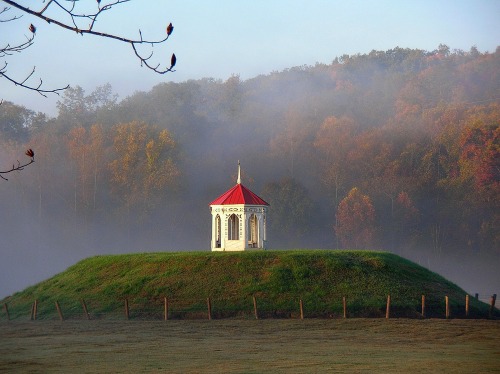
When metro Atlantans decide it’s time to get deep into nature, they often head north to such scenic spots as Tallulah Gorge and its suspension bridge, or Amicalola Falls, with waterfalls that spill alongside the Appalachian Trail.
Those are but two of 60 destinations in the Georgia State Parks & Historic Sites system, some 85,000 acres statewide. It all started in 1931 with the opening of Vogel and Indian Springs parks, making this the system’s 85th year. And, October, or fall in general, is a great time to visit.
[MEANWHILE, THERE’S A ZING IN THE AIR AT UNICOI]
Driving time from Atlanta: About 1.5 hours
The 233-acre Vogel State Park, at the base of North Georgia’s Blood Mountain, has a 22-acre lake (for swimming and non-motorized craft), trout fishing at Wolf Creek, and 17 miles of hiking for all skill levels.
“People tend to go back there a lot,” says spokeswoman Kim Hatcher. “Families have met other families there, then make it a point to meet back there year after year. Vogel has built relationships among those who love to camp.”
Driving time from Atlanta: About 50 minutes
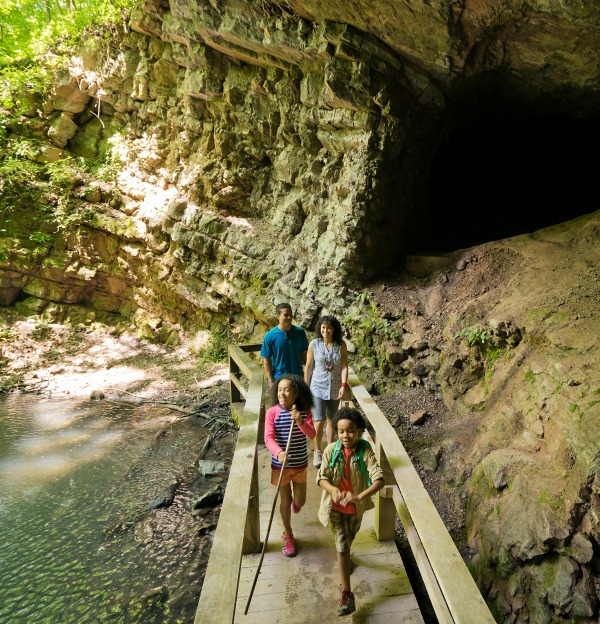
Indian Springs State Park, between Atlanta and Macon, has been called the oldest state park in America because it has operated as a public state park since the government secured the land from Creek Indians in an 1826 treaty.
The 528-acre site is named for natural springs that for centuries served the Creek Indians as “healing” waters. Today visitors bring containers to fill with the mineral-laden water that flows up to a stone spring house built during the Great Depression. The water is free, and the park offers a handout on ailments it’s thought to remedy — everything from arthritis to queasy tummies.
An on-site museum, open 2-4 p.m. every first Saturday, details the area’s history. The park’s 105-acre Lake McIntosh, swimming beach and boat ramp are temporarily closed due to dam repair, but canoes and kayaks are permitted, and a creek will cool you off.
Driving time from Atlanta: About 70 minutes
The Jarrell Plantation near Juliette, about 20 minutes farther than Indian Springs State Park, delivers a step-back-in-time experience. The Jarrell family owned the cotton plantation for more than 140 years. It survived typhoid fever, Gen. William Tecumseh Sherman’s March to the Sea and the cotton boll weevil.
Out-of-town guests who want an authentic taste of the Old South might enjoy the Jarrell Plantation Historic Site, perfect for a day trip. Take a serene self-guided walking tour of meticulously preserved structures, from simple family homes to the old sawmill and blacksmith shop.
“So many people still have the grand idea that plantations were like Tara,” says Hatcher. “But they were much more like the Jarrell Plantation.”
Driving time from Atlanta: About 90 minutes

Hardman Farm Historic Site is named for the family of Dr. Lamartine Hardman (Georgia governor, 1927-31), the last residents of its Italianate mansion in northeast Georgia’s Nacoochee Valley. The family gave the property to the state in 1999; it opened as a historic site in 2014. Tour the grand home built in 1870 by Civil War Capt. James Nichols, and see more than a dozen outbuildings. You’ll also find one of the most-photographed sites in Georgia here: the red-roofed gazebo atop an Indian mound in the middle of a cow pasture.
The 173-acre Hardman site, operated by the nearby Smithgall Woods State Park, is an angler’s paradise. Smithgall has a large lodge that’s elegant and rustic plus several “luxury” cottages. It’s popular with honeymooners, hikers and bird-watchers.
Because Hatcher has been to them all, we asked her to recommend a few state parks Atlantans should explore. Among her suggestions:
- Cloudland Canyon State Park for its views.
- Black Rock Mountain State Park (in the Blue Ridge Mountains) for its rolling mountains.
- Skidaway Island State Park (Savannah) for its salt marshes.
- Crooked River State Park (Savannah to Cumberland Island) for its tidal rivers.
-
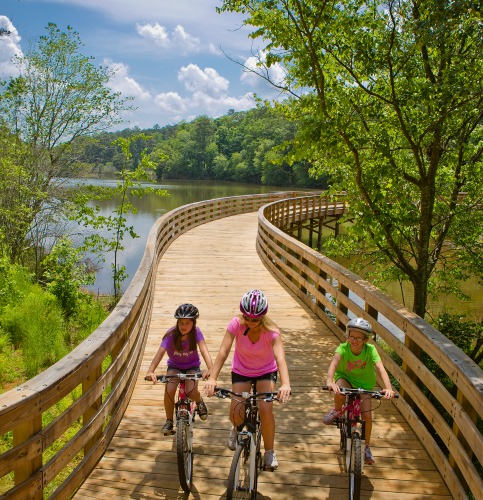
Wheels up on a picture-perfect day at Panola State Park, less than 30 minutes from Atlanta. The quiet, beautiful parks in Central and South Georgia, especially George L. Smith State Park (off I-16, en route to Savannah). Its Spanish moss and blackwater lake reflect the sky. Cottages are tucked in the woods, but some campsites sit on the lake so you can paddle right up.
- Reed Bingham State Park (between Adel and Moultrie), for its boating, water skiing, fishing, swimming beach and wildlife, including alligators.
- F.D. Roosevelt State Park (at Pine Mountain, near Callaway Gardens), for its 40 miles of creekside trails and the spring-fed “Liberty Bell” pool. At 9,049 acres, it’s Georgia’s largest state park.
- Panola Mountain State Park in Stockbridge, for rangers-led hikes up a granite mountain, archery and tree-climbing classes and 11 miles of biking paths. Less than 30 minutes from Atlanta.
- The Okefenokee Swamp, which, Hatcher says, every Georgian should see. See Stephen C. Foster State Park, at the west entrance to the swamp’s National Wildlife Refuge. (Tip: To avoid biting flies and other pests, avoid the hottest months.)
::
Quick tips for quick trips
- Start online: The Georgia State Parks & Historic Sites website is easy to navigate, with detailed pages on each park and site. Start with “Locations” on the menu bar atop the homepage.
- Parking: An annual ParkPass ($50) lets you enter as many parks as you want without paying the daily $5 fee. Good for 12 months from date of purchase. Allow for mailing time. Also, with any Georgia public library card, you can check out a ParkPass.
- Accommodations: Most state parks have campgrounds that accommodate tents and RVs, with bathrooms and hot showers ($25+ per night). Some 30 parks rent fully equipped cottages ($85-$250 nightly). Cottages at Fort Mountain State Park in North Georgia are newly renovated. Several parks, including Cloudland Canyon in Rising Fawn near Chattanooga, offer a lodge with dorm-style sleeping for 12 to 50 ($95-$200 nightly). Links: http://gastateparks.org/reservations and http://gastateparks.org/unique
-
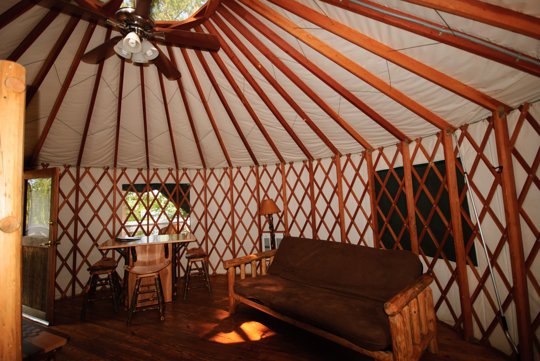
Yurt accommodations in High Falls State Park between Atlanta and Macon. Sleep well! Your spot’s reserved: You can now request your favorite campsite by number and be sure it’s still available when you arrive. Campgrounds at James H. Floyd (Summerville) and Richard B. Russell (Elberton) are wholly site-specific; certain sections at Reed Bingham (Adel) and Laura S. Walker (Waycross) are site-specific.
- Investment-free camping: The Camping 101 program is for anyone who wants to try camping without investing in equipment straightaway. You bring sleeping bags, but other essentials — top-quality gear from REI and Coleman — is provided (tent for six, four sleeping pads, camp stove and fuel, lanterns, roasting forks). Available at a dozen sites, including Stephen C. Foster in the Okefenokee Swamp (about $25 per night).
- Hide and seek: To mark the 85th anniversary, “hidden gems” have been identified at many parks and historic sites. The gem can be anything from a tortoise habitat to hidden waterfalls and caves. Seek them on your own or with the help of park rangers.
- Yes, “glamping”: Something called “glamping” is getting more and more popular. Essentially, it’s super-comfy camping in a roundish wood-and-canvas yurt with beds, screened windows and doors that lock ($85-$100 nightly). Georgia parks offer 39 yurts, most deep in nature, many alongside water. Sweetwater Creek State Park in Lithia Springs, 30 minutes west of Atlanta, has 10 new yurts.

